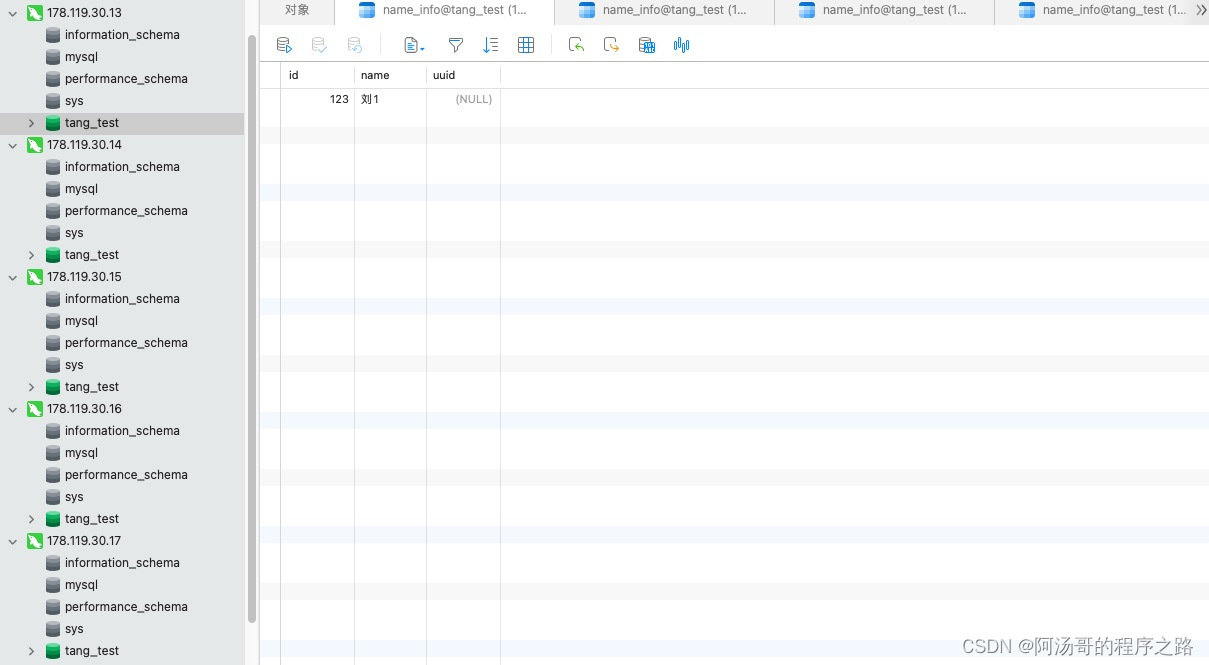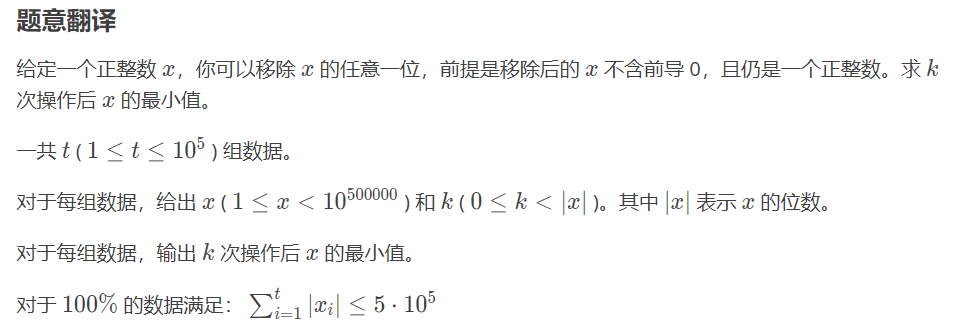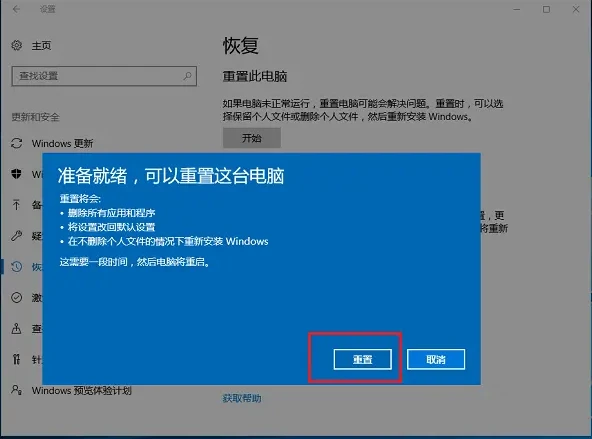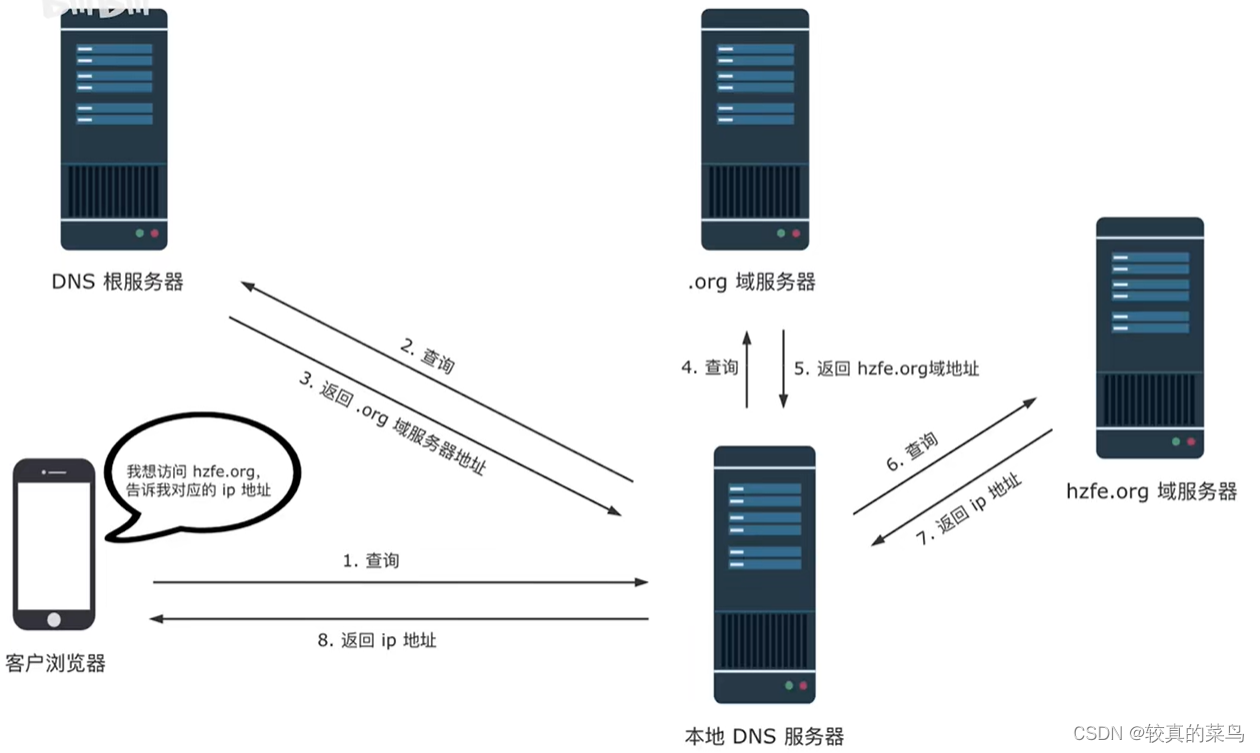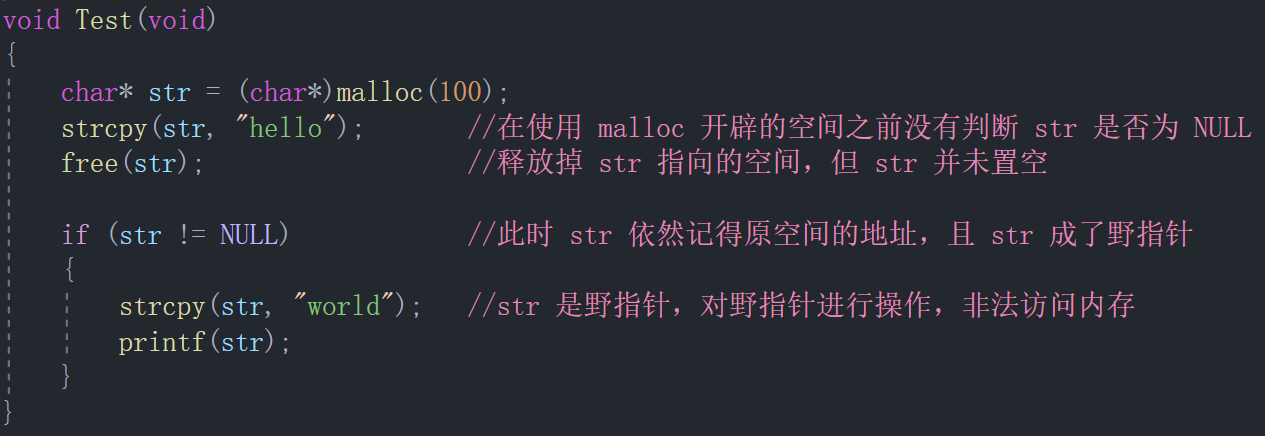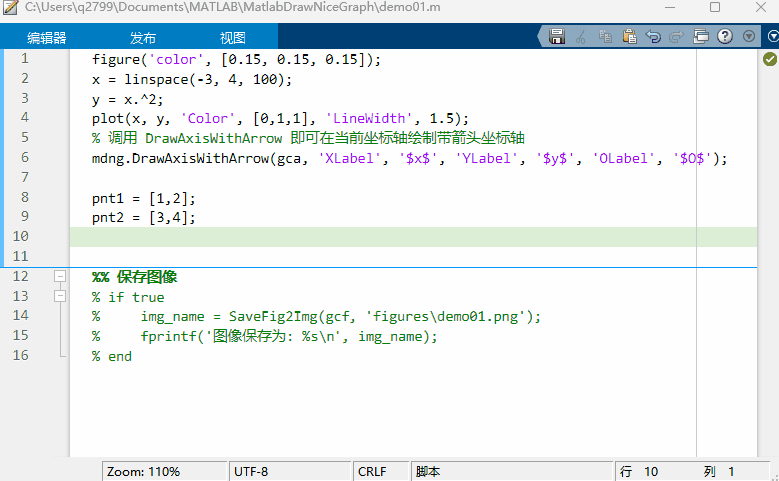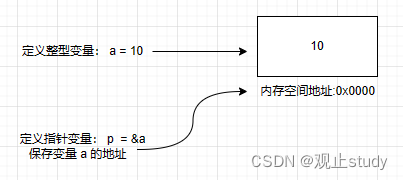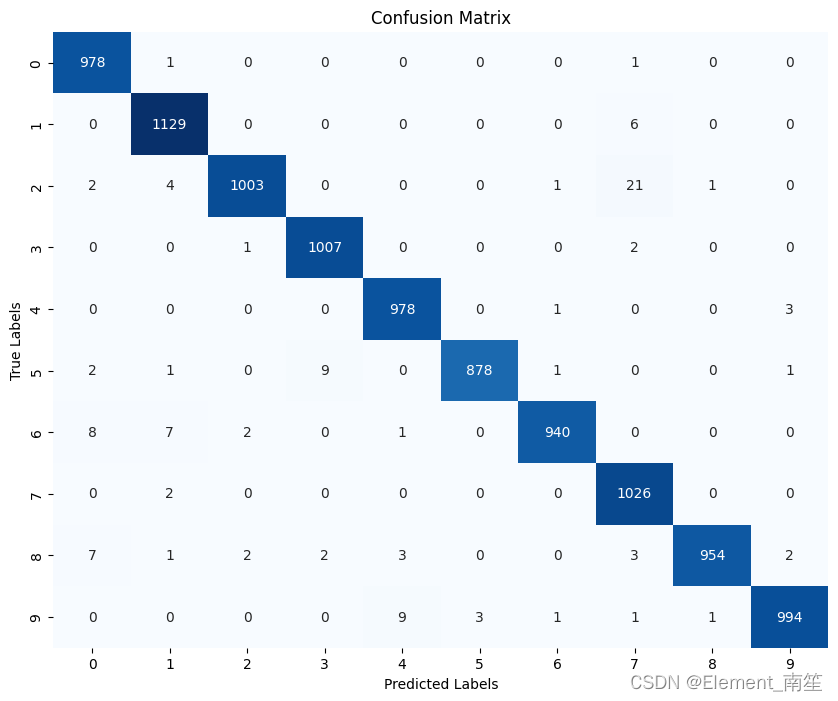一、从指定节点后方插入
插入逻辑如图:
插入前:A指向B,B指向C
插入后:B为插入点,当要插入D时就要让B指向D,D再指向C(插入前B的指向)

#include <stdio.h>
struct Test
{
int data;
struct Test *next;
};
void printLink(struct Test *head)
{
while(1){
if(head != NULL){
printf("%d ",head->data);
head = head->next;
}else{
printf("\n");
break;
}
}
}
int getLinkNum(struct Test *head)
{
int cnt =0;
while(head !=NULL){
cnt ++;
head = head->next;
}
return cnt;
}
int searchLink(struct Test *head,int data)
{
while(head != NULL){
if(head->data == data){
return 1;
}
head = head->next;
}
return 0;
}
int insertBhind(struct Test *head,int data,struct Test *new)
{
struct Test *p = head;
while(p !=NULL){
if(p->data == data){
new->next = p->next; //新插入的链表指向插入点的链表
p->next = new; //插入点指向新插入的链表
return 1;
}
p = p->next; //循环结束,p指向后面的链表
}
return 0;
}
int main(){
struct Test t1 = {1,NULL};
struct Test t2 = {2,NULL};
struct Test t3 = {3,NULL};
struct Test t4 = {4,NULL};
t1.next = &t2;
t2.next = &t3;
t3.next = &t4;
printLink(&t1);
int ret =getLinkNum(&t1);
printf("total num = %d\n",ret);
ret = searchLink(&t1,1);
if(ret = 0){
printf("没有data = 1\n");
}else{
printf("有data = 1\n");
}
struct Test new={100,NULL}; //定义“new”链表
insertBhind(&t1,3,&new); //在数据等于3的位置插入“new”链表
printLink(&t1);
return 0;
}二、从指定节点前方插入

